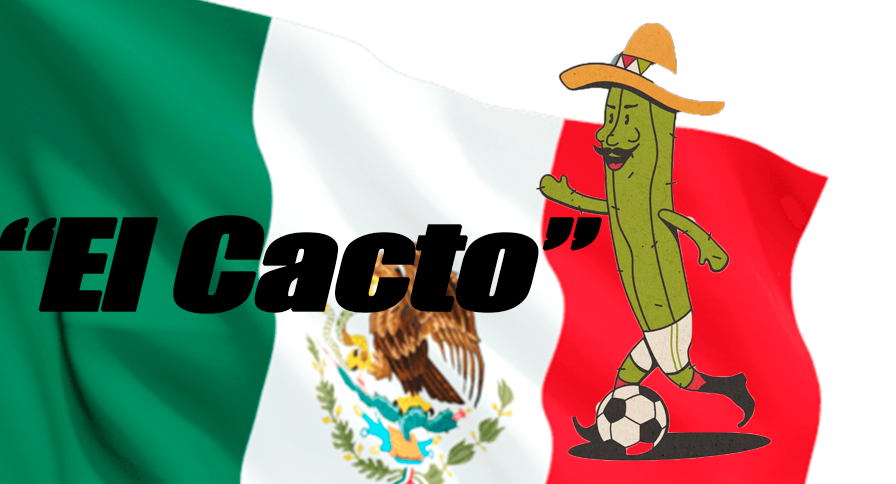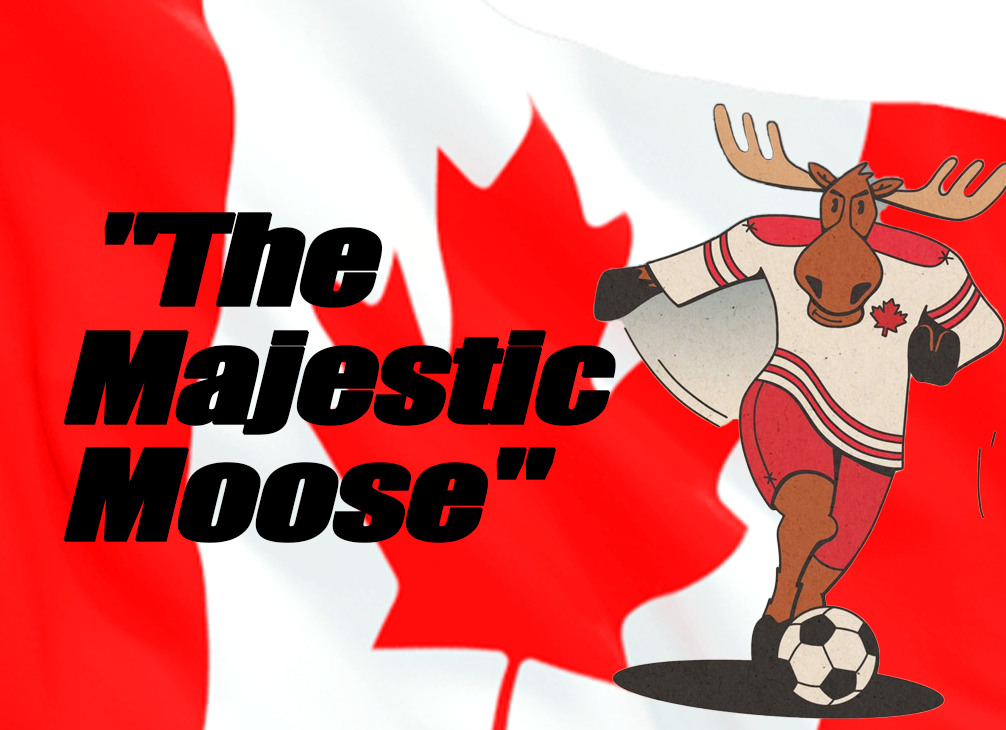The FIFA World Cup 2026 promises to be an extraordinary celebration of football, culture, and diversity. A significant part of this celebration is the unveiling of the mascots representing the host nations: the United States, Canada, and Mexico. In this article, we’ll take a closer look at these unique mascots and how they symbolize the rich heritage and spirit of their respective countries.
1. Mexico’s Mascot: “El Cacto”

Representing Mexico is “El Cacto,” a friendly cactus character. While the choice may seem stereotypical at first glance, it aims to celebrate Mexico’s stunning desert landscapes, unique flora, and its deep-rooted connection to nature. “El Cacto” reminds us of the country’s remarkable biodiversity and resilience.
2. Canada’s Mascot: “The Majestic Moose”

Canada’s mascot, “The Majestic Moose,” pays homage to the country’s wilderness and wildlife. With its antlers symbolizing strength and adaptability, this mascot embodies the rugged beauty of Canada’s natural landscapes. It’s a nod to the nation’s commitment to environmental conservation and outdoor adventure.
3. USA’s Mascot: “Stars and Stripes Sammy”

“Stars and Stripes Sammy” represents the United States with patriotic flair. Dressed in red, white, and blue, this mascot embodies the American spirit of freedom and unity. The hat, a symbol of the Wild West, adds a touch of nostalgia to the ensemble. “Sammy” brings to life the diversity and shared dreams of the American people.
Celebrating Culture and Unity These mascots, while diverse in appearance, collectively celebrate the shared values of the three host nations. They remind us that the World Cup is not just about football but also about culture, nature, and the enduring spirit of unity in diversity.
Embracing the Mascots of 2026 As we eagerly await the FIFA World Cup 2026, these mascots serve as cultural ambassadors, showcasing the unique identities of Mexico, Canada, and the United States. “El Cacto,” “The Majestic Moose,” and “Stars and Stripes Sammy” are more than symbols; they are a testament to the vibrant tapestry of North America’s cultures and landscapes.
As football fans eagerly await the official unveiling of the mascots and logo for the FIFA World Cup 2026, the leaked information has sparked important conversations. Whether the Mexican mascot will be a cactus or not, it serves as a reminder of the responsibility that comes with representing diverse cultures on a global stage. The hope is that the symbols chosen will unite and inspire fans while respecting the unique identities of the host nations.




